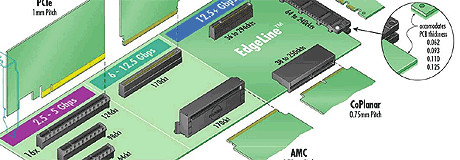nmlfreitas
Well-known member
Hello once again.
I have been visiting the forum and reading the recommended documents and books and i can say i have learned a lot from you and from the books.
I think i'm ready to test my knowledge and give it a try on gold refining .
I'm still collecting computer parts to make enough material in order to work.
I have been working mostly with motherboards, and i have collected pins from agp,pci and Isa slots as well as the ram slots and ide connectors.
I have a question that i've looked for an answer and i couldn't find it. How many pins like those mentioned above do you guys think i need to make about 1 to 2g of gold?
800g is it ok? Once i have the amount that i need, i will process the pins in AP and then use the hcl-cl as usual.
Thanks in advance
I have been visiting the forum and reading the recommended documents and books and i can say i have learned a lot from you and from the books.
I think i'm ready to test my knowledge and give it a try on gold refining .
I'm still collecting computer parts to make enough material in order to work.
I have been working mostly with motherboards, and i have collected pins from agp,pci and Isa slots as well as the ram slots and ide connectors.
I have a question that i've looked for an answer and i couldn't find it. How many pins like those mentioned above do you guys think i need to make about 1 to 2g of gold?
800g is it ok? Once i have the amount that i need, i will process the pins in AP and then use the hcl-cl as usual.
Thanks in advance


















































